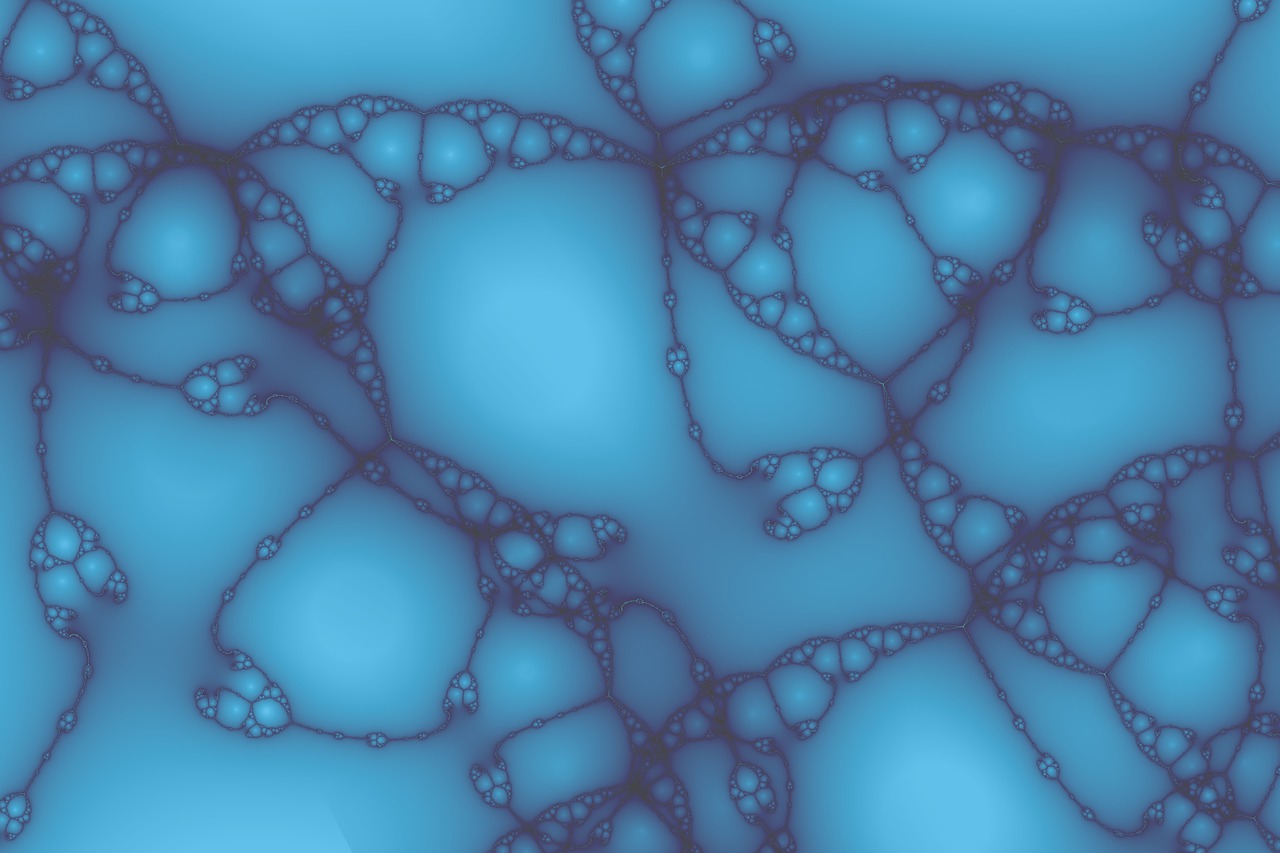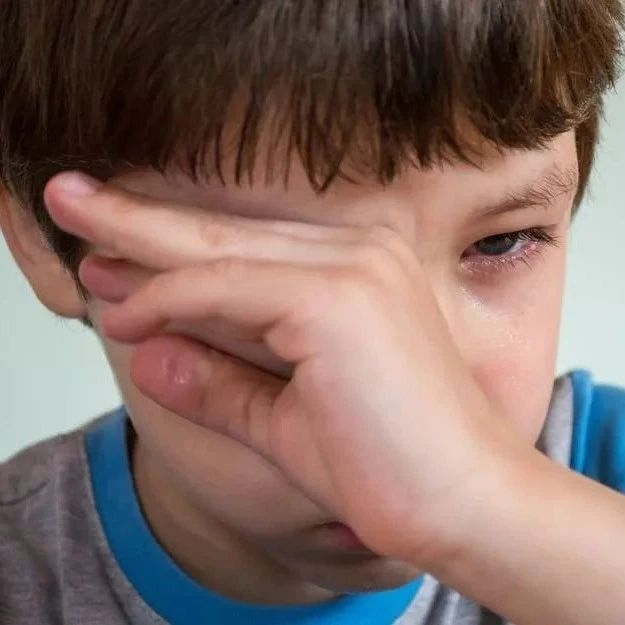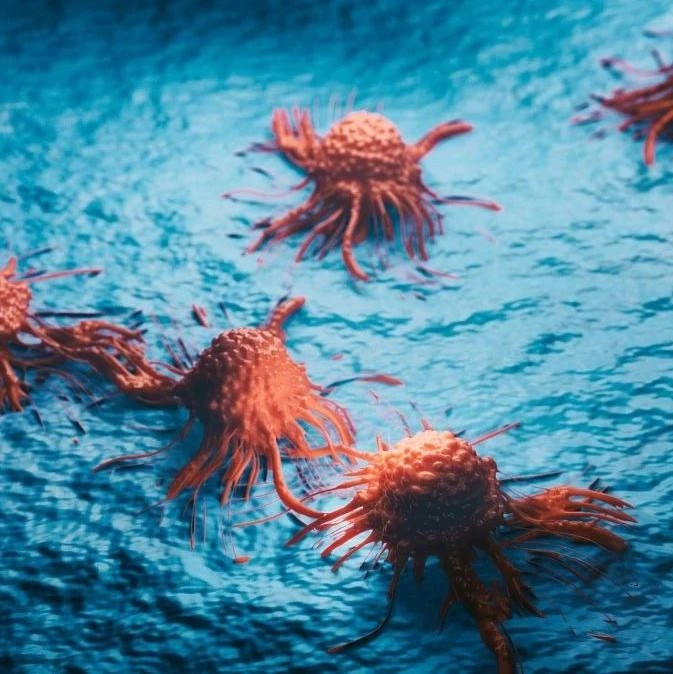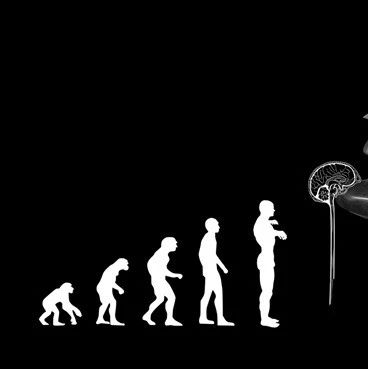摘要:据最新证据解释,在伤口愈合时受创伤的皮肤细胞和触感神经元如何协调再生的过程。加州大学洛杉矶分校研究员桑德拉和阿尔瓦罗发现受创伤皮肤会释放一种化学信号,促进感觉神经纤维元的再生,从而确认触感神经正在修复皮肤。同时他们还发现伤口处的过氧化氢的活性氧是这个化学信号的主要成分。
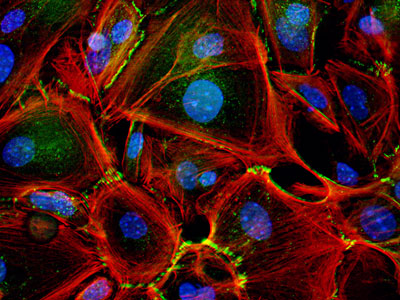
The study, published on May 24th in the online, open access journalPLoS Biology, was conducted in zebrafish larvae -- an experimental model widely used to investigate development and regeneration. The optical transparency of these larvae make it possible to image sensory fibers in live animals and measure their regeneration.
Detection of touch stimuli, such as pressure, temperature, and noxious chemicals, is achieved by peripheral sensory axons, which form highly branched networks in the skin. Following injury, skin cells proliferate and migrate to seal the wound, and peripheral sensory axons innervating the skin must also regenerate to restore sensory function. Experiments in amphibians and chickens have suggested that wounded skin promotes peripheral axon regeneration, but molecular mediators of this effect had not been identified. Hydrogen peroxide has long been known to be a toxic byproduct of cellular damage, but only recently has it been appreciated that low concentrations of it can activate certain molecular pathways that regulate cellular development. Whether hydrogen peroxide also plays a role in peripheral axon regeneration had not been explored.
To test whether injured skin can promote axon regeneration, Rieger and Sagasti amputated the tip of a larval zebrafish tail and used time-lapse fluorescent microscopy to monitor the behavior of nearby peripheral sensory axons. Amputating the tail boosted axon growth and allowed axons to penetrate regions of the skin that normally repel them. They also found that damaging skin cells anywhere in the body promoted the regeneration of nearby sensory axons, demonstrating that injured skin cells are the source of the signal. Adding hydrogen peroxide to the media of uninjured larvae mimicked the axon growth-promoting effect of damaging skin cells. Conversely, preventing the production of hydrogen peroxide blocked the ability of damaged skin to promote axon regeneration. Together these results demonstrate that hydrogen peroxide released by damaged skin cells is a key component of a signal that promotes axon regeneration.
"This work raises several exciting new questions about the role of hydrogen peroxide signaling between wounded skin and axons," explains Sagasti. "Is hydrogen peroxide perceived directly by axons, does it elicit a second signal from keratinocytes, or does it modify the extracellular environment to promote axon growth? What pathways in the neuron transduce growth-promoting signals into regenerative axon growth?" Answering these questions may suggest treatments to improve the healing of skin wounds that restore not only the integrity of the skin, but also its sensory function.
This work was funded by a CABS award from the Burroughs Wellcome Fund, a Whitehall Foundation grant award and a grant from the National Institute of Dental and Craniofacial Research (1R01DE019487).


